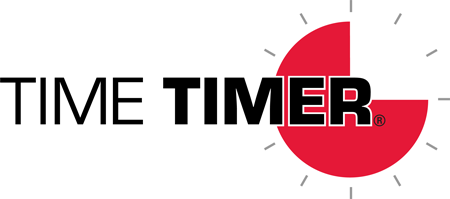For many, gathering with family, volunteering and giving back, and enjoying special dishes and traditions are a big part of the Thanksgiving holiday. However, it’s also important to learn about and acknowledge the history of the tradition we celebrate.
We can both practice gratitude and be thankful for what we have, as well as acknowledge the true history of the occasion, as well as the fact that while giving thanks is a long-held tradition throughout the year for Native American people and some Native Americans enjoy these traditions during Thanksgiving, for others this day is a time of mourning and remembrance for what they and their ancestors have endured and lost.
For parents and educators, helping kids to both practice giving thanks, and to understand the different narratives and histories of the U.S., encourages consideration of different perspectives in all of the stories and traditions we share.
Honor the Origins
Learn and discuss. It’s important for children to learn that Native American culture and history is complex and vast. The pilgrims and the Wampanoag did have a Thanksgiving feast in November 1621, but it was connected with political alliances and a pursuit of peace during a time of deep suffering and cruelty for Native American peoples.
The National Museum of the American Indian offers helpful suggestions for culturally sensitive activities and resources, particularly for educators, such as learning about the true history behind the “First Thanksgiving,” and suggests reading and discussing the Haudenosaunee Thanksgiving Address, an expression of gratitude recited by Haudenosaunee people at community gatherings.
Take learning beyond Thanksgiving. We don’t need to leave the learning to one day a year. Visit the library for books by different Native American voices and the many varied and distinct Native American stories and traditions. Plan a visit to museums such as the National Museum of the American Indian or the Abbe Museum. Extend your family’s traditions of giving back and volunteering to support Native American organizations throughout the year.
Practice Gratitude
Give thanks. Expressing gratitude is the prominent theme celebrated on Thanksgiving. One way to unite the celebration of the holiday’s traditions with its history is to start the day by recognizing and expressing gratitude for the land we live on or are gathered together with a Native land acknowledgment. You can find out what native land you are by visiting Native Land Digital, an Indigenous-led nonprofit in Canada that has put together an interactive map of Native territories, languages, and treaties.
We can also give thanks for the food to be shared, the family members gathered, and the family members lost.
Take gratitude beyond Thanksgiving. Bring gratitude into the everyday: make a mental gratitude list when you wake up, write it down in a journal, or share it at dinner with family or friends.
Research has shown that regularly practicing gratitude promotes compassion, resilience, and contentment, and lowers stress and anxiety. Keep up the practice to increase empathy and continue to give thanks for the beauty and abundance of everything you have.
Land Acknowledgement
The Cincinnati area and the land that Time Timer operates on is the native homeland of the Indigenous Algonquian-speaking tribes, including the Delaware, Miami, and Shawnee tribes.

